Gala Magazine Interview by Lefteris Tsigkas, August 2024
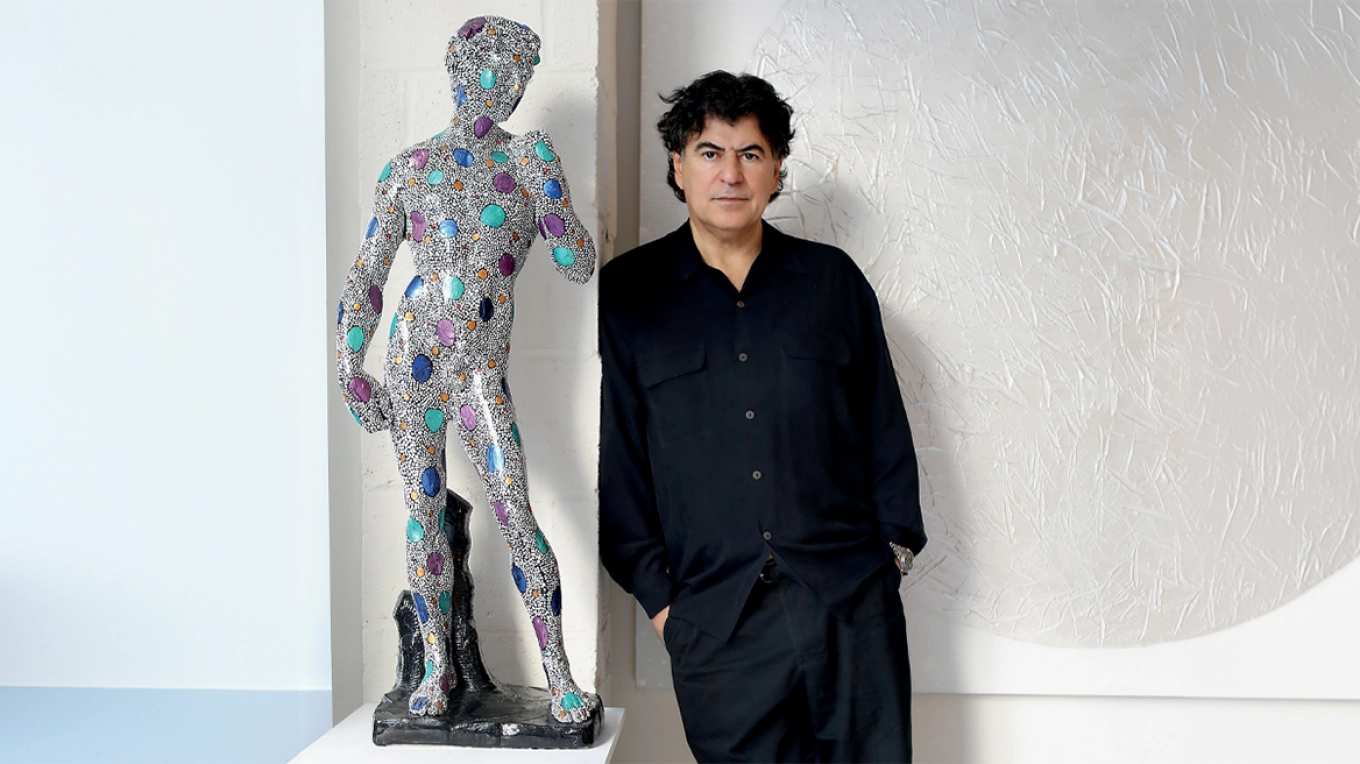
With a presence in exotic places that most creators dream of, Philippos Tsiaras never stops being inspired by Greek mythology and transmuting it into works that captivate the international art scene. We met on the occasion of his personal exhibition “Tsiaras, Poseidon & The Hyperbolic Horse” which is hosted for the whole summer at the Blender Gallery in Glyfada and presents over 30 years of his work. He shared with us unknown aspects of his personal and professional life, his future plans, but also a guide to success for young artists.
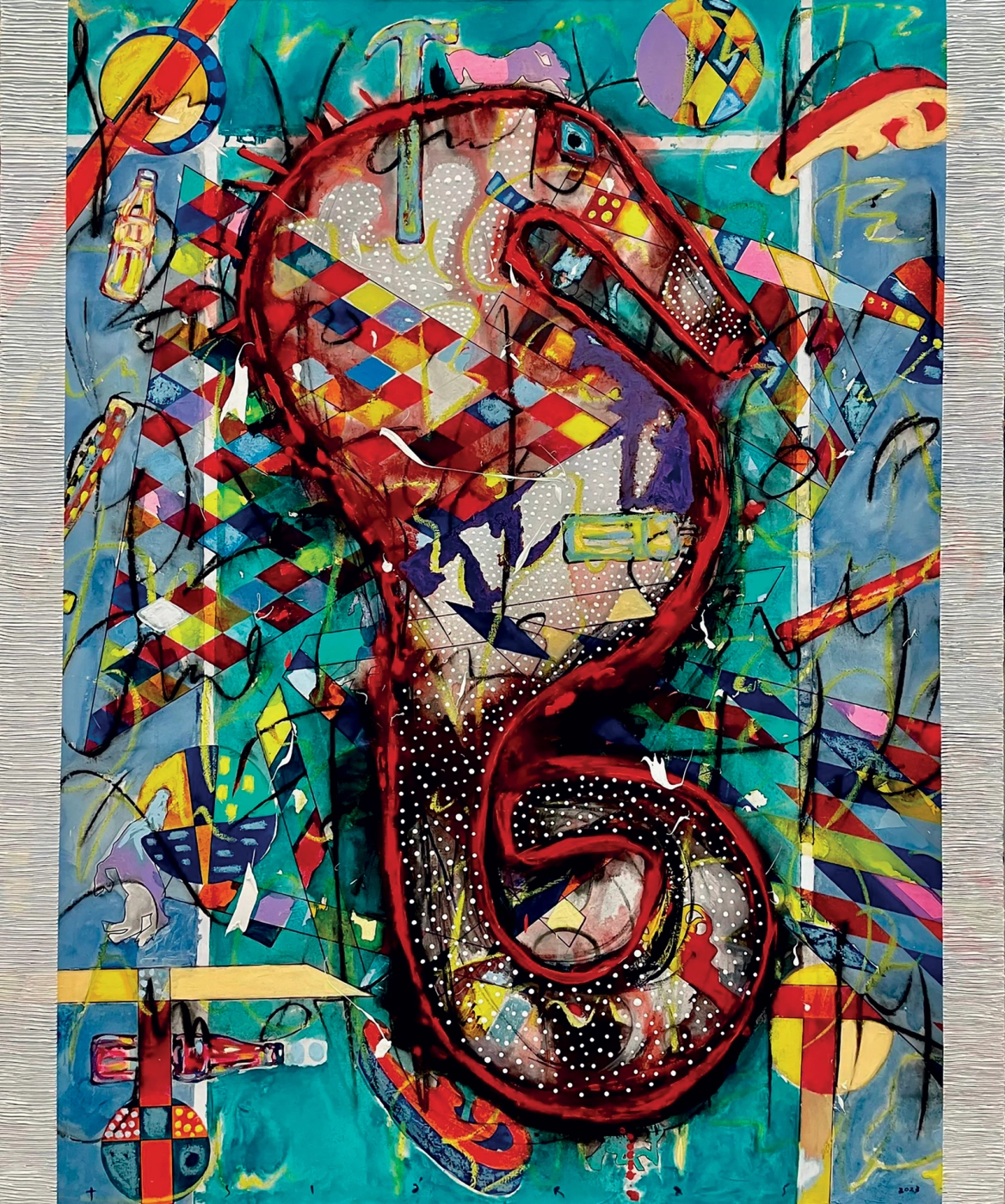
Lefteris Tsigkas
The exhibition “Tsiaras, Poseidon & The Hyperbolic Horse” presents 30 +years of your work. Is it perhaps your most personal exhibition?
Philip Tsiaras
A year a half ago Iason Theophanides, of the Blender Gallery asked me to consider preparing a retrospective of my horse paintings for the Posidonia, the most famous bi-annual world shipping event. The opportunity to con-nect my horses to Greek Mythology seemed perfect, as Poseidon was the mythological creator of the horse. Through Poseidon’s sexual escapades Arion, the fastest known stallion was created who spoke with a human voice – but hey, who are we to argue with the sex lives of the Gods-they seem to have much more fun than we do!
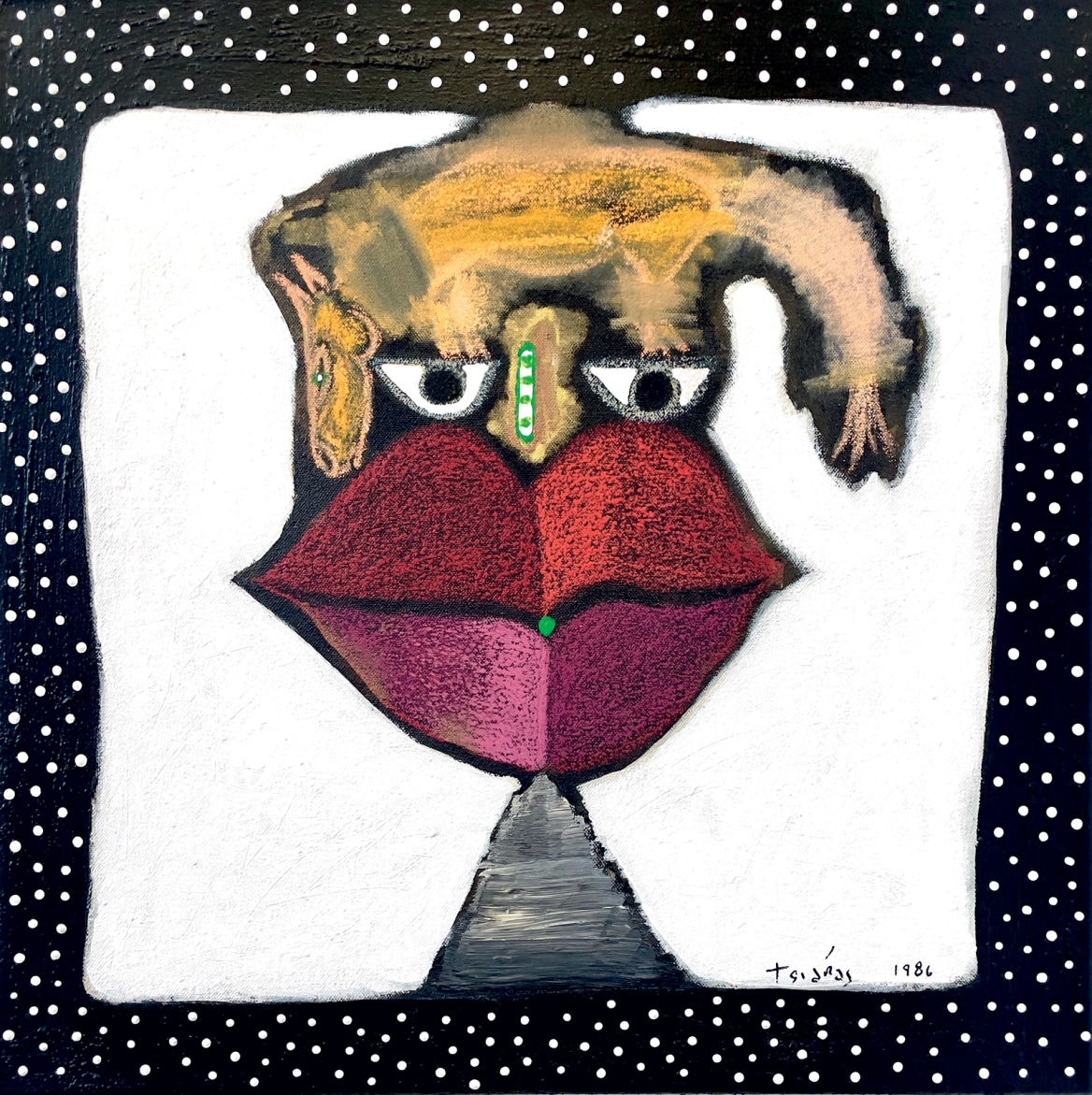
LT
Is your work informed by Greek mythology?
PT
Greek mythology is rich with extraordinary surrealism that is ripe for the picking by the artist. Where else can the blood that sprang from the severed head of Medusa by Perseus create the white winged horse Pegasus. The Horse-God Poseidon of the seas, you cannot write this stuff -it is so brilliant.

LT
But what about real life?
PT
Mythological history repeats itself, as in real history. The ancient Greeks described the Cyclops and Talon as huge Monsters that threw giant boulders to destroy Mediterranean shipping. Today the Houthies, a modern version, hurl missiles to destroy shipping in the Red Sea. There is nothing the ancient Greeks did not pre-imagine.
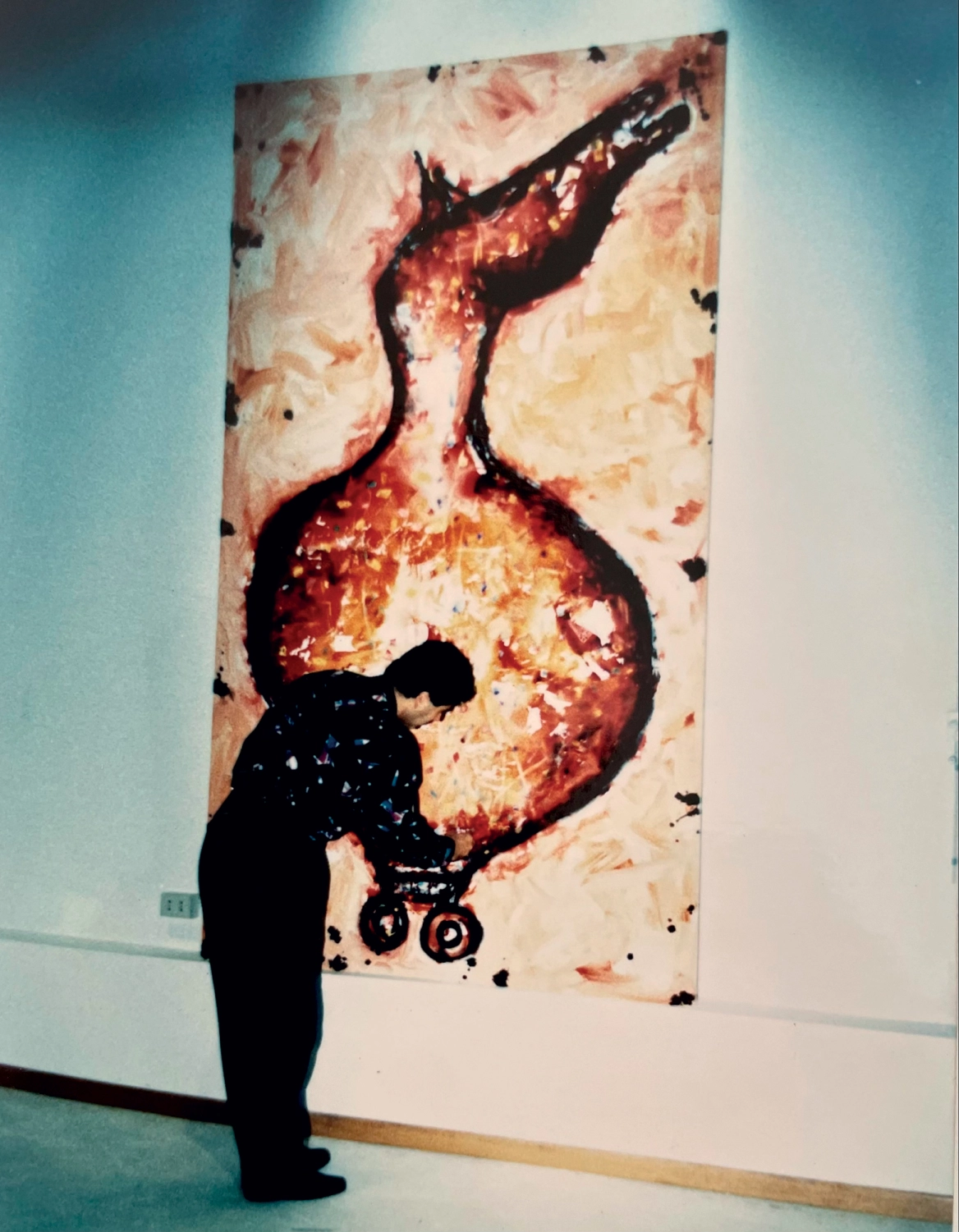
LT
Getting back to the Horse, is it your most beloved subject?
PT
Obviously when you see 30 years of them in an exhibition one would as-sume so. But in reality, although I love the horse as a visual, painterly mantra, all my various subjects: airplane, vase, head, high heel shoe, gun, portraits are painful if you were to eliminate one. Like one of your five fingers, each very dear to you but painful if cut off. Perhaps the little pinky could go, which is why the Japanese Yakuza cuts that one to show commitment or punishment!
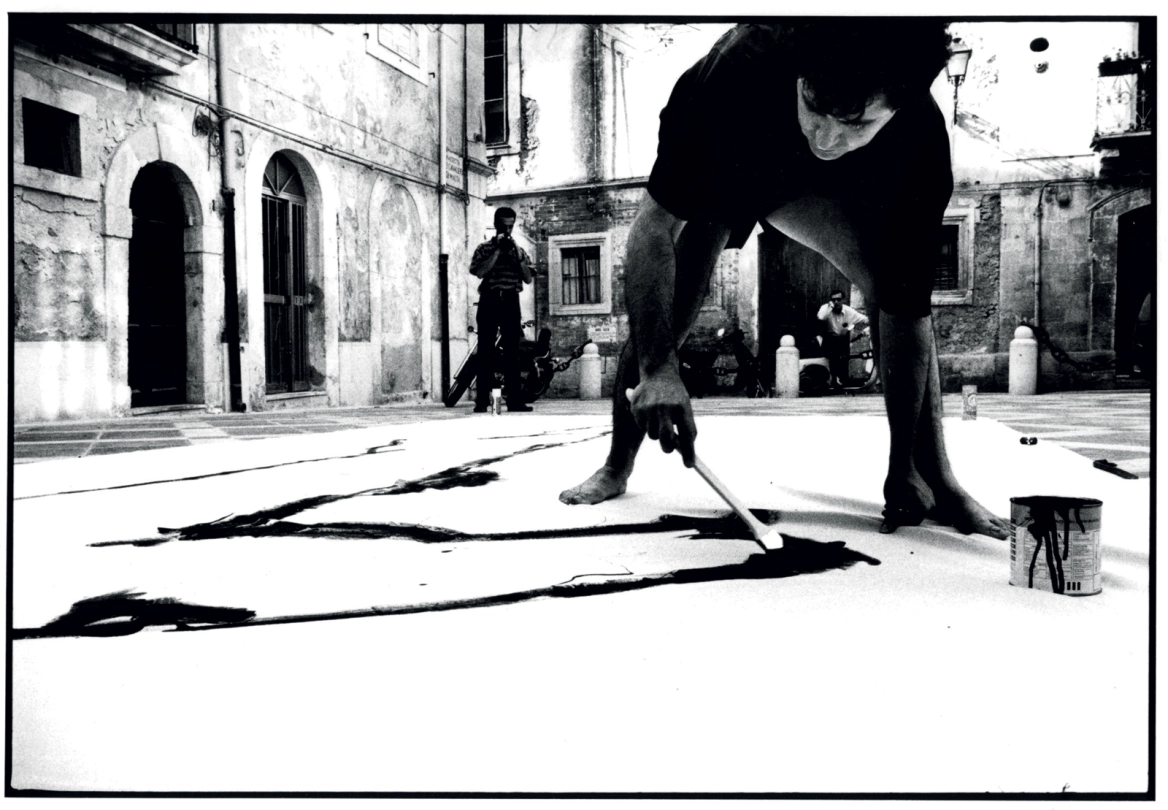
LT
That is rather Macabre but I guess so true. In which case what finger would you cut?
PT
I can’t answer that–because it is too painful!
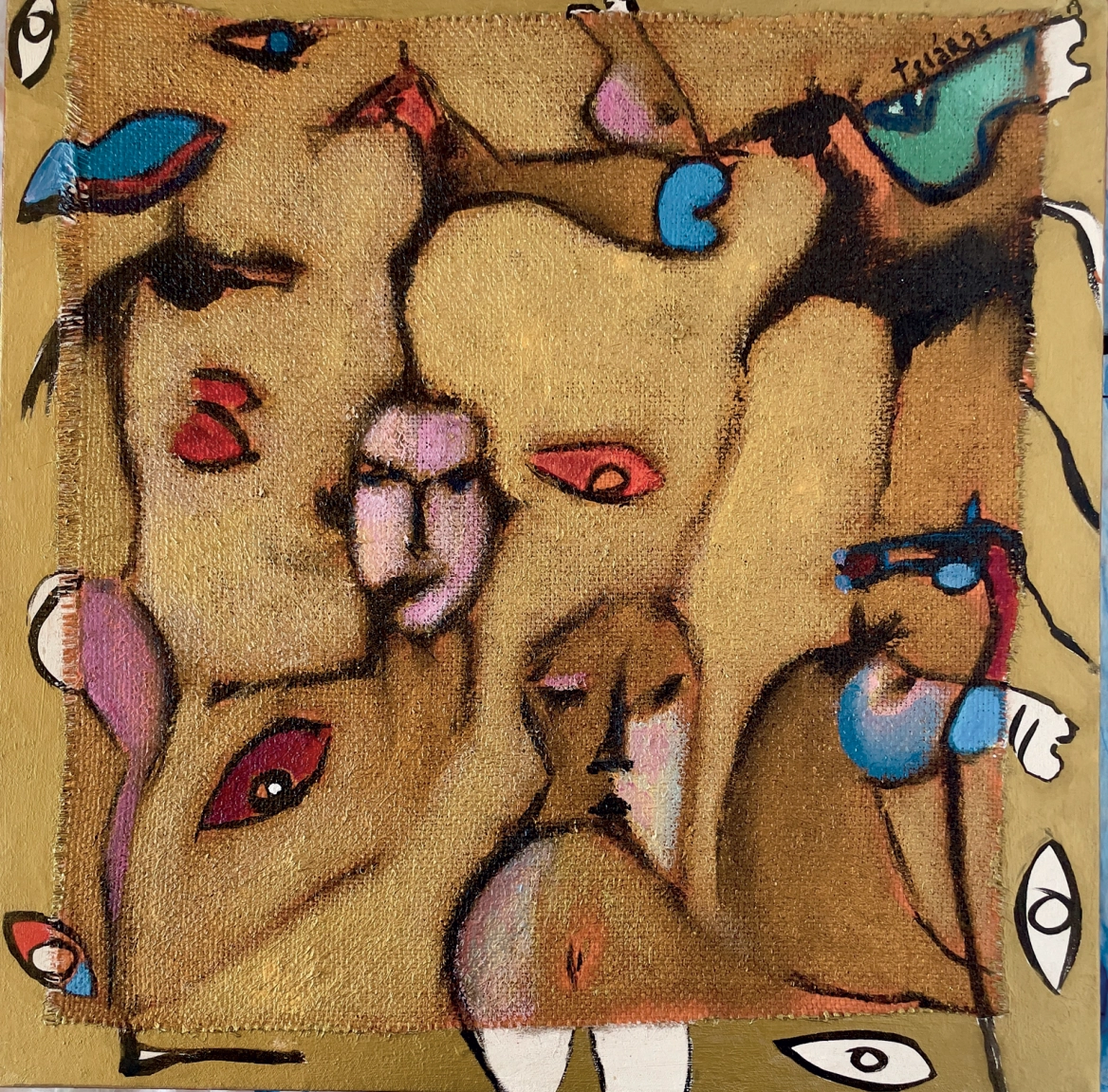
LT
Then more about the Horse, a finger I’m sure you wouldn’t cut?
PT
Quite True, I will give you a slightly more profound answer.
The Horse has revolutionized history by being the vehicle that man used to traversed continents to evolve social interaction through commerce and war, hence changing the map of history. On a humane level the horse is grand, romantic, bold and mysterious.
In my case I’ve examined the Horse in every possible medium: glass, bronze, photography, painting, and ceramic.
However, one does not work in a vacuum. I am of course aware of the prehistoric cave drawings of Lascaux, (love them), as well the stylized horses of the Chinese dynasties, Sung, Ming, and Tang(exquisite), Mughal Miniatures, the English aristocratic horses of George Stubbs, (amazing), Impressionsts, Delaquoix and Courbet, and the tortured horses of Picasso’s Guernica.
The horse is an exotic harlot easy to love.
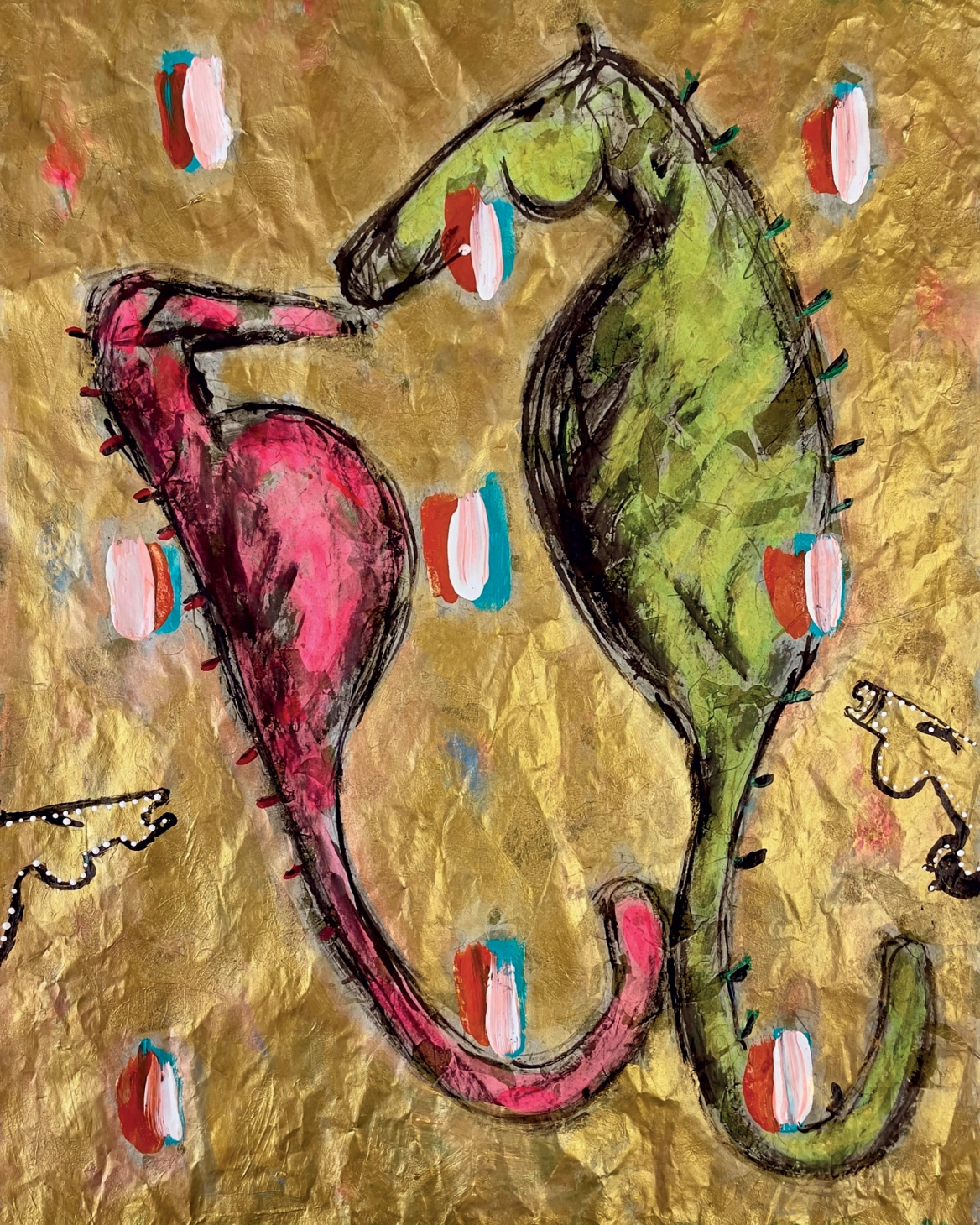
LT
That is an anusual perspecive I woud say?
PT
Well ironically, I got into painting horses in the early 80’s after riding naked in the desert of Mexico. Why naked you might ask? Because why should Lady Godiva have all the fun!
I was surrounded by endless desert and Yaqui Indians snakes and scorpions in what would appear a Peodi trip ala Carlos Castaneda. Riding naked was a crazy test of manhood. It is all part of being an artist, a lunatic with a formal education!

LT
Going back, what made you want to become a painter?
PT
I am bewildered by color, the intensity of paint, I love it. As a child I wanted to eat it. Sometimes I still want to eat it. But I began as a musician and poet. Music, although it can make colorful sounds, or words that can create universally colorful ideas, lacked for me the sheer physicality of pushing paint into the mind of the blank canvas. I just needed that physicality so as not to implode as an anxious young man.
LT
How do you account then for the success of an artist?
PT
The artist evolves through a variety of external and internal forces. Family, friends, mentors, ideas and deeds. The spirit of creativity is buried in the genius of ambition, and that when coupled with passion and intelligence can be a formidable thing. In other words –no guts no glory– no brains no future, and however bleak that may sound living in NYC as a young artist teaches you all of that and more.
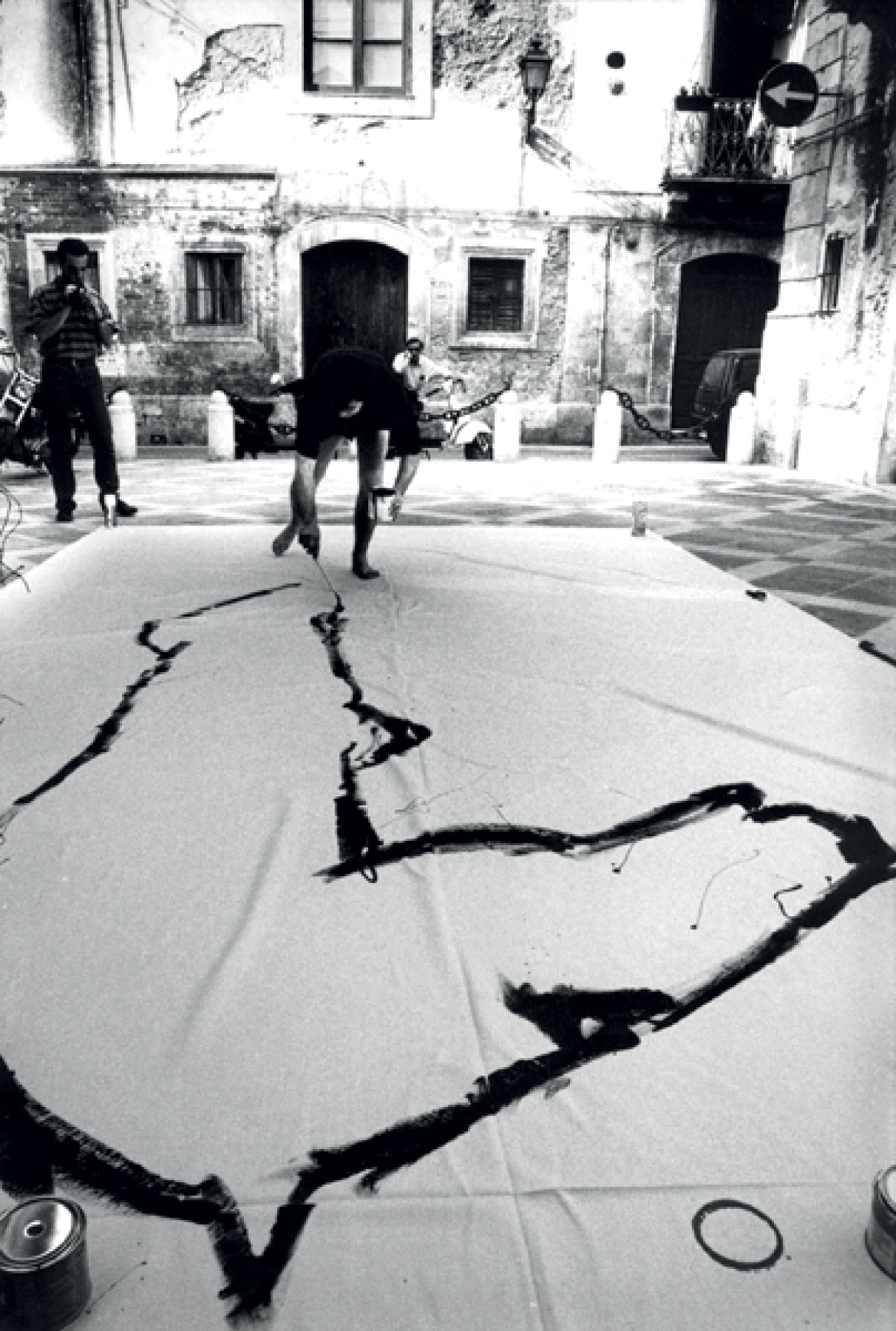
LT
What advice would you give to young artists just starting out?
PT
Greek artists?
LT
Yes
PT
Leave Home
LT
Anything else,
PT
Go to a big international City, New York, London, Madrid, Berlin. Try to live from your art only. Go to as many exhibitions and museums as you can. Hang out with the artists of your generation, learn from them. Try to be in as many group shows as possible to connect and lead to a larger gallery. Find a working artist who you respect and work for them to learn what they have forgotten. Be a sponge, take rejections as acts of love, believe in yourself, and work your ass off.
LT
Are there any artists that have influenced you significantly in your artistic career?
PT
I have many great artists that I admire and I am sure influenced me, painters: Goya, Rembrandt, Rubens, Cezanne, Picasso, sculptors, Phidias, Michelangelo, Brancusi, Photographers, Atget, Bresson, Arbus, Samaras.
But when it comes one person who was an overall mentor it would be Lu-cas Samaras, who recently died this year. A difficult but immensely talented avant garde artist. I was his assistant for a decade. I learned a lot. He and his genius will be missed.
LT
You have been called the “Greek god of Pop Art”. How do these characterizations sound to you?
PT
They sound good. But I think you are mixing a few things. Perhaps some x-girl friends might have called me a Greek God, but what I think you are referring to the British Press calling me the Greek Warhol of Pop Art. It was when I was showing my Dot Pop portraits in London 2 years ago. It was flattering, of course, Warhol is more or less the father of Pop Art, and I do also collect his work.
LT
You show quite a bit in London, I believe with a Greek galerist. Varvara Roza.
PT
Yes, Varvara Roza is a dynamic young art dealer with great energy and po-tential. She and The Blender Gallery in Athens collaborate on my exhibi-tions. We are a kind of team. My traveling triangle is NYC, London, Athens.
We are also involved in a new gallery space in Kolonaki called, 47 Circles, on Alopekis. A must see, it has a very fresh look designed by Vassili Siafaricas.
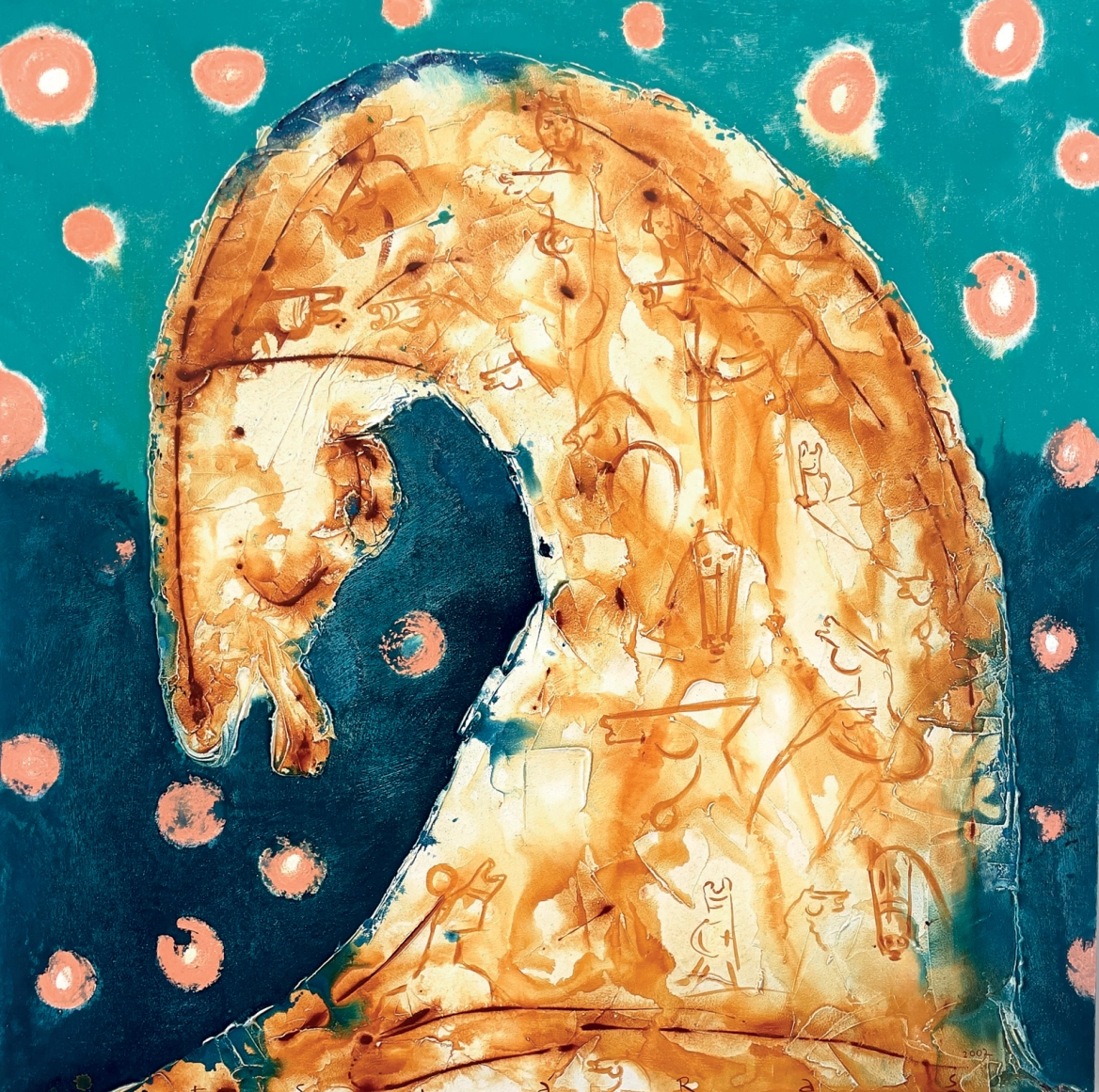
LT
What is new on the horizon for you Philippos?
PT
Oh, many things. At the moment Sotheby’s of London is having a solo exhibition of mine of paintings from the 90’s. Topologies they are called. It is a great honor for me to have been chosen. It will be up through August. The Tate Museum is also buying a major painting of mine for the permanent collection. All good things. I guess there are some advantages to getting older!
LT
Any immediate plans?
PT
Dinner. Lamb chops.


Read recent articles
Athens Voice Interview by Niki Koskina, November 2025
Interview: Philip Tsiaras with Nikos Kontomitros of Madame Figaro, August 2024
The SUPERDOT in Thessaloniki